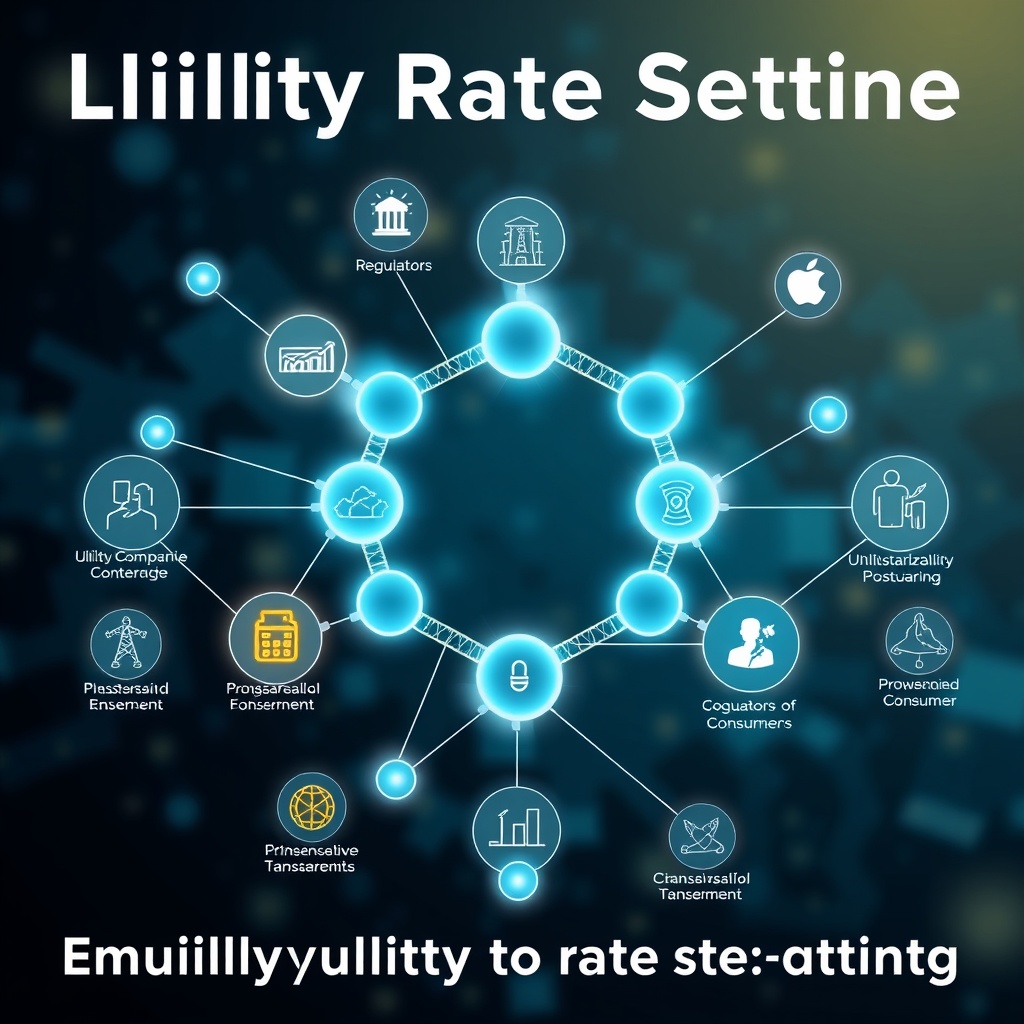The utility rate setting process is often shrouded in complexity and opacity, which can lead to distrust among consumers and stakeholders. Traditional methods have frequently lacked the necessary transparency, making it difficult for the public to understand how rates are determined. This is where blockchain technology steps in, offering a decentralized and immutable ledger that can revolutionize the way utility rates are set and communicated.

Blockchain technology has the potential to enhance transparency in various sectors, and utility management is no exception. By utilizing smart contracts and decentralized ledgers, utilities can automate and transparently document rate-setting processes. This not only improves efficiency but also builds trust among consumers who can directly access information regarding rate calculations.
Incorporating blockchain can lead to significant advantages, including:
- Real-Time Access: Stakeholders can access up-to-date information regarding rate changes and the factors influencing them.
- Immutable Records: Once data is recorded on the blockchain, it cannot be altered, ensuring data integrity and fostering trust.
- Decentralization: By distributing data across a network, the potential for manipulation or fraud is drastically reduced.
The future of utility rate setting processes looks promising with the incorporation of blockchain technology. As more utilities adopt decentralized systems, consumers will benefit from enhanced transparency and accountability. This shift could lead to a more equitable rate-setting process, where consumers are empowered to engage in discussions about their energy costs based on transparent data.
In summary, the integration of blockchain into utility rate setting not only enhances transparency but also fosters a culture of accountability and trust, ultimately benefiting consumers and providers alike. As the technology continues to mature, its applications in this sector will likely expand, paving the way for more innovative solutions to age-old challenges.





